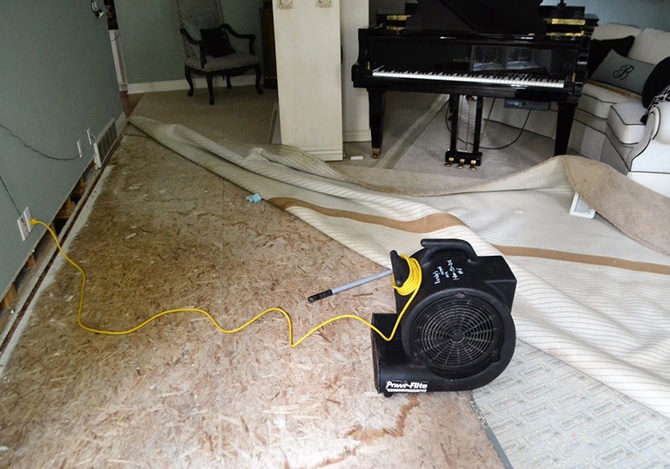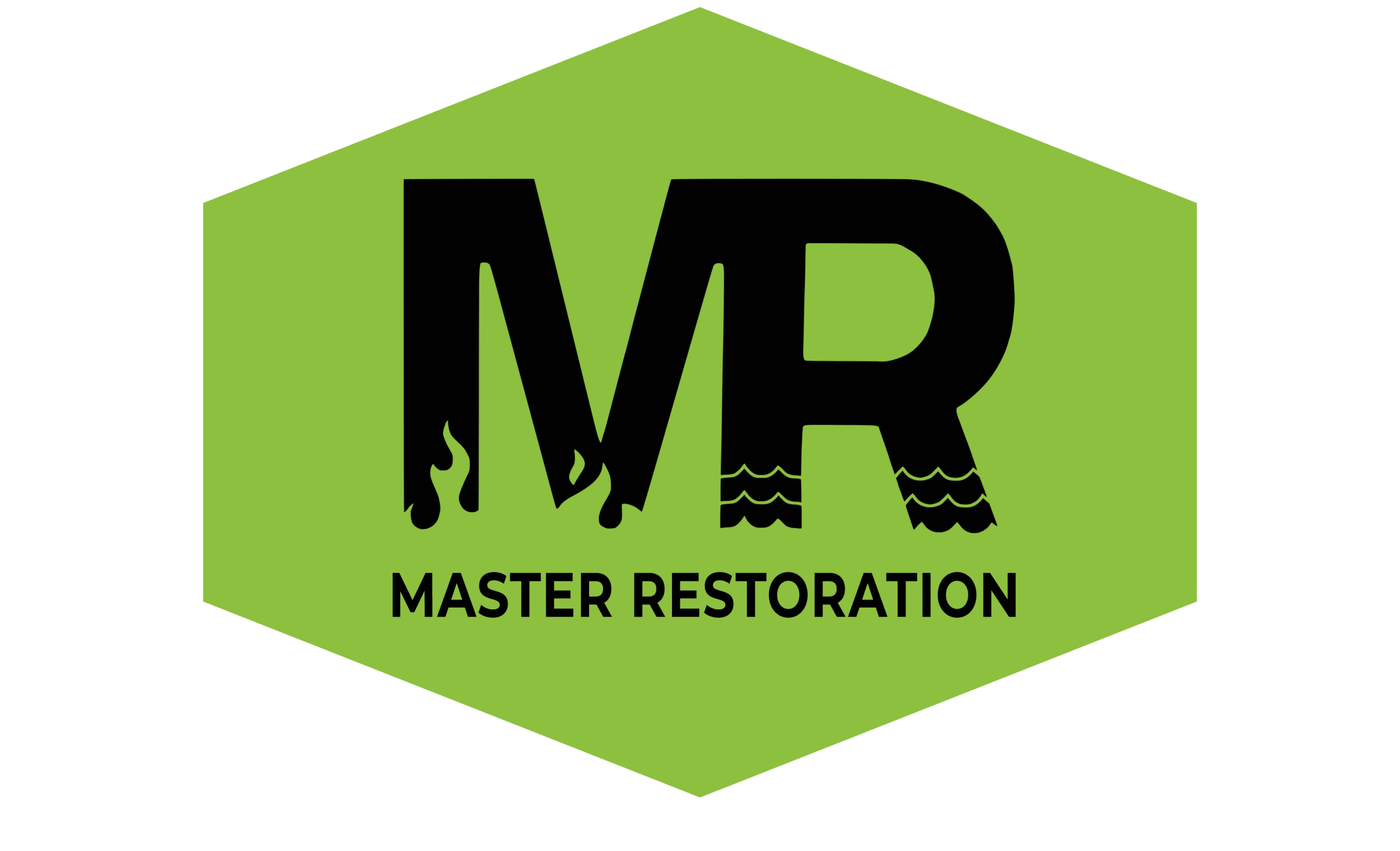
How To Check For Water Damage In Your House
Water damage is a tricky subject. While some of the damage may appear noticeable, others will take days or weeks before becoming apparent. The extent of water damage can also be unpredictable and dependent on how long the water was present. Because of these facts, determining whether your house is experiencing water damage and in what areas may sometimes be challenging.
If you need some guidelines on how to spot the damages, here is what you should do:
Step 1: Observe your floor
Your floor will always reveal its condition. If it is experiencing water damage, the signs will eventually show. You will begin to notice that your floor will appear lifted or swollen. For tiled or wooden flooring, you might see warping, buckling, or cracks.
If you use carpet, you might find some damp spots. It will also start to develop a moist and musty smell. The best solution for damaged subflooring is to replace it, especially if mold has started to grow on it.
Step 2: Watch out for stains and peeling paint
Another obvious sign to look out for is water stains. These dark or wet spots usually appear on ceilings, walls, and floors. If you see them, it could be a sign of leakage somewhere near. If you spot cracks near these areas, then you could be dealing with serious water damage.
Peeling paint is another sign to watch out for. If a room’s humidity or temperature changes, the paint can sometimes peel off the walls.
Step 3: Do not forget to check from the outside
Your roof and gutters can also show you signs of water damage, so make sure to inspect them, too. When you have a leaky gutter, a pool of water on your roof, or a drain not transporting the water to where it should go, the water can linger and get absorbed into your home’s foundation.
If this happens, your foundation will be at risk, and the presence of water may penetrate the basement and other parts of the house. Make sure to address this situation immediately to not worsen the extent of the damage.
Step 4: Look for rust and mold within the house
Next, check all other house equipment that utilizes water. Seeing rust on tanks and pipes can signify a slow leak is occurring. Spotting mold is also an indication that there is excess moisture present in that area of the house. Aside from checking these signs, use your sense of smell to find possible areas of bacterial growth and mold development, as these are potential signs of water damage.
Conclusion
Your house is one of your most important investments, so you should actively keep an eye out for potential household problems and attend to them before they become worse. One of the things you carefully check is water damage. Make sure to only work with restoration companies that will ensure that the water damage will have no lingering effects in your home.
If you need water damage restoration service in Boise, ID, Master Restoration is your complete disaster-clean-up solution provider. We provide cleanup services from start to finish with 24/7 emergency support. Call us at (208) 286-1991, and we will be on our way immediately.
